Point and shoot.
Professional photographers will tell you that taking great pictures is often more complicated than that. Likewise, before aiming your camera at a person, there are important factors you need to consider.
People are great subjects for photos, but issues can arise if they claim you used a photo of them without their permission, or that you benefited from the photo and should share the profits from it.
If you don’t have the proper safeguards in place, a stressful and costly legal ordeal can ensue.
That’s why model release forms have become a staple for professional photographers.
These comprehensive forms serve as a photography contract between a photographer and a model who has been asked or recruited to appear in images. More importantly, these forms generally function as liability waivers when you want to publish photos with models in them for marketing or other commercial purposes.
Though they vary by use and circumstance, model release forms generally outline how photos that include models can be used, repurposed, or published. Model release forms can also outline the scope and terms of a photo’s use.

The essential elements of a model release form
If you Google “model release form,” there’s a pretty good chance you’ll come across a number of templates on the first page of results.
There are good reasons why your form shouldn’t deviate too far from what’s already out there:
- While privacy laws vary by state, publicly available templates usually err on the side of caution and consider the most stringent laws.
- Note: Some states have more specific definitions or provide greater protections to people who appear in published photos. In 2007 the Reporters Committee for Freedom of the Press published a comprehensive guide that outlined privacy laws for all 50 states and the District of Columbia. Since this guide hasn’t been updated for quite some time, it’s important to review the privacy laws for your state and seek legal advice for more specific questions.
- Many templates include specific legal language that gives photographers broad freedom over their photos.
- In many cases, templates have been either reviewed by legal professionals or used by photographers for some time.
If you decide to create your own template, you should have a lawyer review it to ensure there are no loose ends.
You should also never mislead people to get a model release form signed. If models or clients challenge the use of your photo, your form may be invalidated because facts about how the photos would be used were either hidden or misrepresented.
That said, here’s a rundown of what every model release form should include or outline:
- Your name and business name
- Your business address
- A release of all claims against your company
- Whether you want to release claims from other companies that buy, use, or obtain the licenses for your photos
- A list of potential claims covered by the model release form (i.e., copyright infringement, defamation, invasion of privacy, and rights of publicity)
- The terms of any compensation paid to a model or client
- Whether the model will be allowed to inspect photos prior to publication
- The name of the model, as well as whether their name can be published and under what circumstances
- Whether the form has an expiration date and what should happen after that time. If you don’t want the form to have an expiration date, state that the terms are irrevocable and can be exercised in perpetuity.
- An affirmation that the model understands and agrees to the terms of the form
- An acknowledgement that the model or client signing the form is at least 18 years old
- If you take a picture of a minor, the signature of a parent or guardian. By signing the form, the parent or guardian must acknowledge all of the outlined terms and conditions, as well as affirm that they have the legal authority to sign on a minor’s behalf.
- Signatures of witnesses to the agreement
- Dates indicating when the form was signed
When do I need to use a model release form?
It’s good practice to have models or clients sign release forms before any photo session.
If you don’t do this, it might be hard to reach people later, and they might not want to sign your form — which would be a waste of your time and money.
There are a few exceptions to this rule, but it’s important to consult legal professionals about gray areas that may be unique to specific use cases.
To find out whether your case may fall under one of these exceptions, you should consider four key questions:
1. Where was the photo taken?
A release isn’t needed when a photo is taken in a public space where people don’t have a reasonable expectation of privacy — this includes public sidewalks and parks. It’s courteous, however, to give people a heads up if they don’t realize that you’re taking a photo of them.
A place, such as a school, a restaurant, or a shop on private property, isn’t considered to be public just because it’s open to the public. In these cases, you may need to get permission to take photos and obtain signed release forms.
Even if a person’s face and recognizable features are obscured, there are times when the background of a photo can hint at a person’s identity. For instance, a shopkeeper may be identified — even if his or her physical appearance is obscured — because the store’s unique layout and the surrounding neighborhood are visible in a photo. In this case, you may need permission to take photos and a signed model release form.

2. Is a person or their distinguishing characteristics easily recognizable in your photo?
At first blush, the answer to this question seems simple: If your subject’s face is visible in a photo, then you should get that person to sign a model release.
But what if a person’s face is obscured or isn’t visible? That’s where things get a little complicated.
Silhouettes are a time-tested way to tell a story or showcase subjects in a new light. Although this creative technique can also be used to obscure a subject’s facial features, you may still need that person to sign a model release form. That’s because the person in your photo could be identified by other distinguishing characteristics, such as unique tattoos or piercings.
If someone’s distinguishing characteristics are shown in your photo and may be unique enough to identify them, then you should err on the side of caution and get a signed model release.
3. Are you selling the photo to someone else, such as a news agency?
If you’re selling a photo, a release is not needed because you’re not publishing the photo. The buyer, however, may ask for a model release so they can publish it.
4. How will the photo be used?
This is where things get a little murky.
- You may not need a signed model release if you’re using photos for educational or informational purposes, such as a documentary, blog post, news broadcast, scholarly journal, or news article.
Even if you use a photo in one of these ways, the final product shouldn’t defame someone or invade the person’s privacy. If you take a photo in a public space where there’s no reasonable expectation of privacy, then you just need to consider potential defamation issues.
- You may not need a signed model release if you’re using photos for exhibits, contests, presentations, fine art, or books.
A model release may not be needed if photos are intended to be used for these purposes. Photos used for presentations, exhibits, or books have been recognized as educational uses and received legal protections in some cases. However, photos displayed prominently on a book cover may require a model release. The First Amendment, which protects freedom of speech, could be applied broadly under some circumstances to cover photos used in fine art, contests, and exhibits as artistic expression.
Always use forms when taking pictures of minors!
Many adults don’t want to see photos of minors used for commercial purposes, so it should be no surprise that a large number of parents will not allow photos of their children to be published.
Apart from the obvious intent to protect a child from unwanted attention, there’s a legal basis behind the need to get a parent’s signature on model release forms.
Someone who signs a release must meet two key requirements: That person must understand it — this is known as “informed consent” — and he or she must be an adult to have signing authority. For legal purposes, a majority of states define a minor as anyone who is younger than 18 years old, but this isn’t the case for all states.
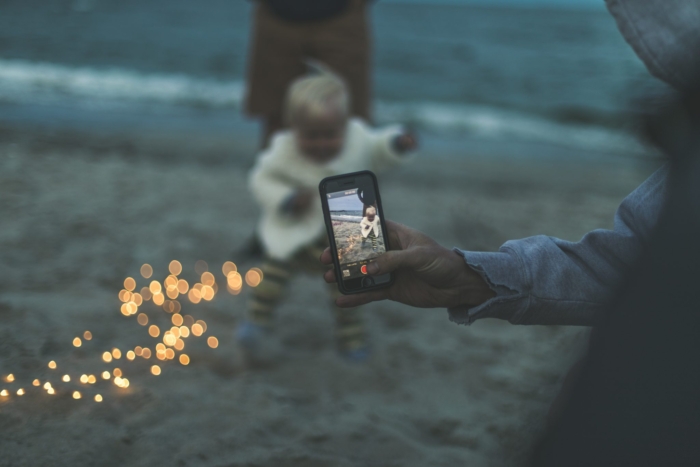
What about verbal consent?
Even if you don’t intend to use your photos for commercial or marketing purposes right way, it’s still a good idea to get signed releases from the models or clients who appear in your photos.
You may, for instance, decide to revamp your website, or use past photos for advertising campaigns to promote your services a year or two from now.
Models can give you verbal authorization — in lieu of a model release form — but this approach can be problematic.
If a model sues and claims you weren’t given verbal permission, it may be difficult to prove otherwise.
Though the absence of a model release form doesn’t preclude you from taking photos, those images can’t be used or sold for any type of commercial purpose — this includes promoting your work and services.
The Professional Photographers of America has compiled a list of states that require written releases.
Using an image without a model release may result in a lawsuit for publicizing a person’s image without their consent, and it may be possible for that person to seek additional damages.
Are forms required when shooting stock photography?
The answer varies depending on where your photo was taken, but generally speaking, you should use a model release form when taking stock photos of people.
This is because you may have little control over who uses your photo and how it is used. More importantly, many stock photo websites, including Adobe Stock, Shutterstock, and Getty Images, require photographers to get signed model release forms when easily recognizable people appear in their images.
Under ideal circumstances, you’ll want the legal language in your model release form to be as broad as possible, particularly about how the photos can be used and where they can be published, whether in print or online.
This approach will give you quite a bit of leeway when the time comes to sell a photo or submit it to a stock photo agency.
Conclusion
A model release form should be part of every photographer’s toolkit, alongside memory cards, lenses, a tripod, batteries, and a speedlight. These forms are not only handy — since you’ll be taking photos of people at some point — but they also serve as a legal safeguard against potential lawsuits.
Your form should provide you with the greatest freedom possible to use, sell, publish, and showcase your photos without consulting models or clients.
If you’re ever in doubt, it’s best to err on the side of caution and ask someone to sign a model release form. If you know how the photos will be used, never misrepresent facts to get an electronic signature — this may invalidate your form and place you in a legal lurch.
The potential for a lawsuit is enough to conjure nightmares and keep you up at night. But if you follow some legal guidelines and use forms at the right time, you’ll find it easier to focus on capturing that perfect picture.
In order to gain more insight about photography business, please refer to our How to Become a Photographer guide.






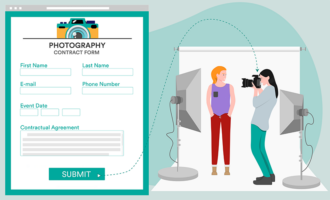


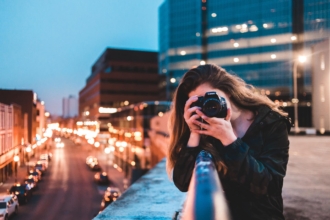




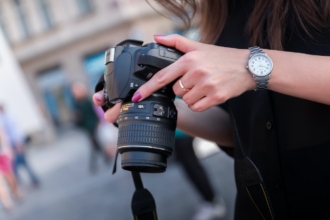
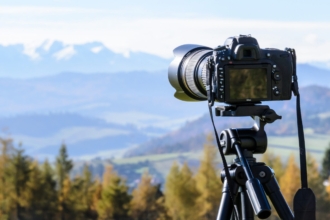




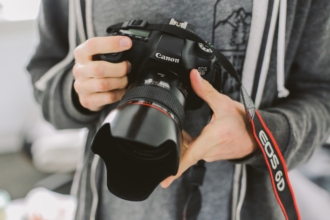
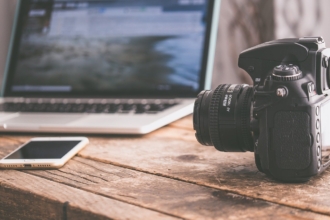



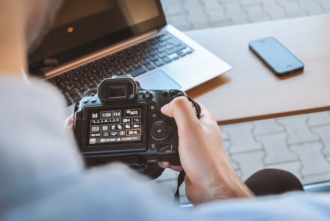

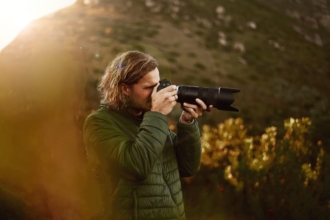





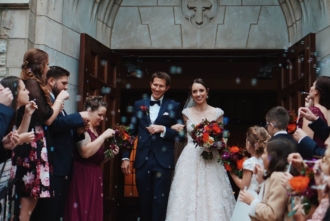
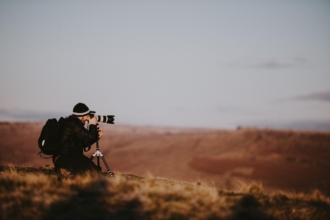
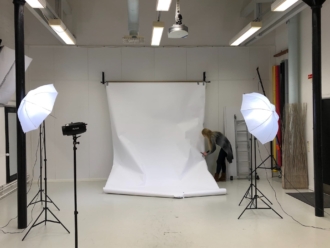

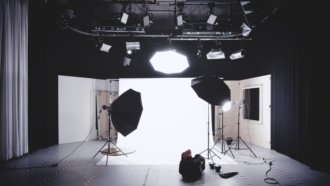


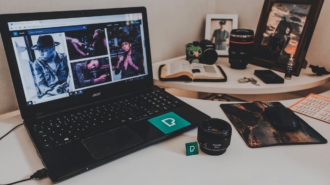


Send Comment: